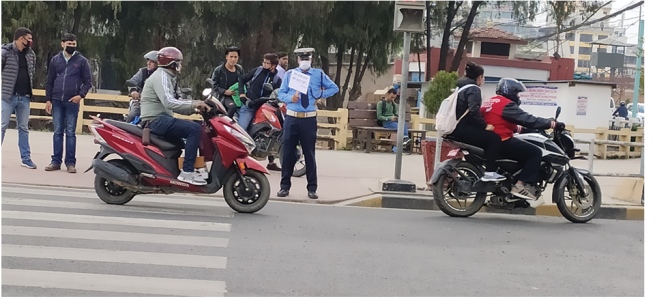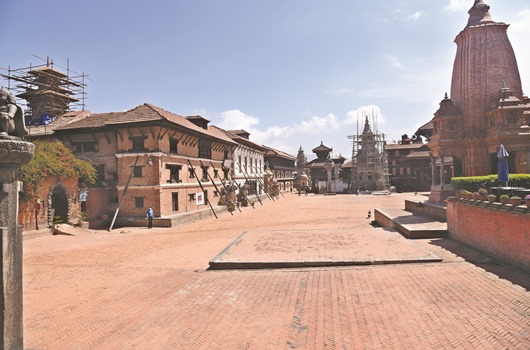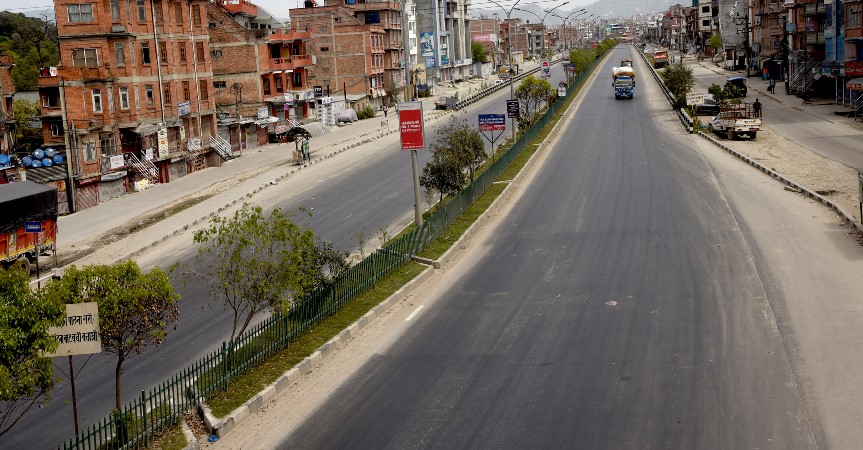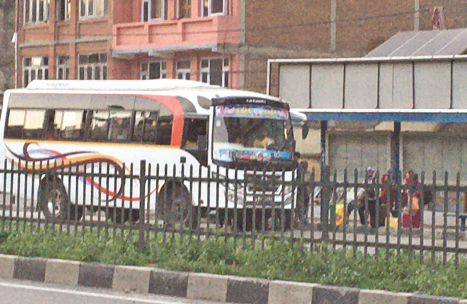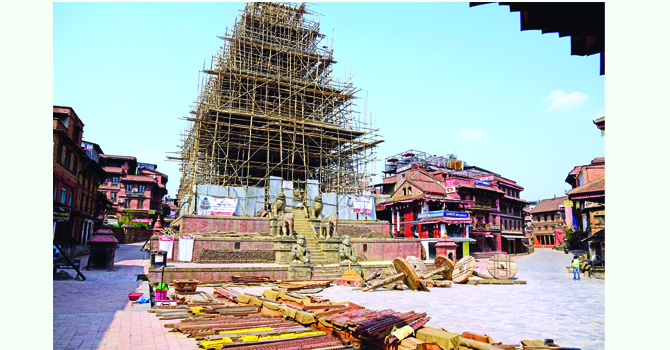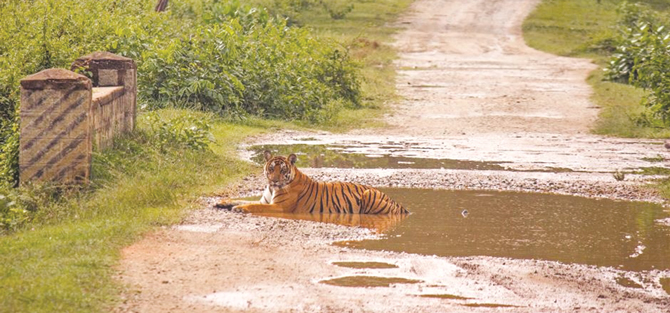Lockdown hits hospitals hard as OPD income dries up
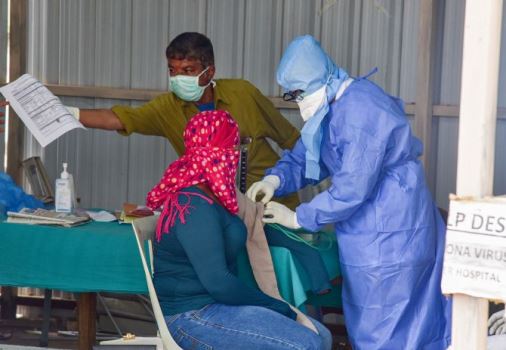
By Indira Aryal
Kathmandu, Apr. 26: As the lockdown has continued for over a month amid COVID-19 menace, the number of outpatients visiting public hospitals has dropped drastically resulting in limited internal income and posing financial crisis to hospital management.
At least 90 per cent of patients visiting Bir Hospital, Kanti Children’s Hospital and TU Teaching Hospital have diminished in the period of lockdown.
Bir Hospital, the oldest hospital in the country, now receives an average of 90 to 100 patients per day, a decline by 96 per cent. The hospital management informed that average outpatient visitors to Bir Hospital in normal situation was around 2,500 per day.
The hospital is open to all services except planned operation as the government has directed not to operate for the time being, said the director at Bir Hospital Dr Kedar Senchuri. The hospital is also open to coronavirus patients, forming an isolation ward, but it has not received any such patient so far.
Similarly, the number of patients has decreased by about 95 per cent at Kanti Children’s Hospital (KCH). According to Director of KCH Dr Krishna Adhikari, in summer they received at least 1,500 to 1,600 outpatients for treatment. “Now the number has dwindled to 60 patients in a day including emergency cases,” said Adhikari.
“We have opened all services at the hospital and Outpatient Department (OPD) is divided into two categories – patients with fever with respiratory symptoms OPD and people with no fever or general OPD,” informed Adhikari. Only serious cases have arrived at the OPD and ICU rooms and ventilators are fully packed, said Adhikari.
With respect to TU Teaching Hospital, the daily outpatient visitors have declined to 60 on average. The hospital was visited by 2,200 outpatients on average per day during normal days, said the director at the Hospital Professor Dr Prem Krishna Khadga.
The reduction in outpatients in these public hospitals means they will soon face financial crisis. The hospital generates income from tickets, blood tests and other investigations and all those tests are not happening right now, so it’s challenging to pay the staff working under the hospital management committee.
At least 40 per cent of the staff and other expenses of the hospitals are financed by means of internal revenue generation. With drastic reduction in the number of patients, the hospitals are facing a shortage of resources as half of the staff are working under the hospital management committee.
In KCH, out of around 600 staff, 279 are working under the hospital management and are provided salary from the hospital’s internal income. Some 248 staff are working under Nepal government while some are under contract service, Dr Adhikari said.
There are many reasons why patients are not coming to the hospitals, as per Adhikari. One of the main reasons is lockdown, so only emergency patients are seeking medical treatment. Most patients are taking medical support from local medical institutions and some 20 to 30 patients are seeking help from hotline services of the hospital, he said.
The problem is similar at Bir Hospital. “We are facing a financial crisis now as the hospital used to generate Rs 1.1 million daily before the lockdown and now it has plunged to less than 10 per cent,” Dr Senchuri informed.
Some 60 per cent of the total staff are appointed under the government service and the rest should be paid from internal resources of the hospital but if the lockdown prolongs, the hospital will soon face fund crunch to pay its staff, said Dr Senchuri.
Bir Hospital and Kanti Children’s Hospital have apprised the Health Ministry of the situation and possible financial problem they may face in the near future.
This financial crisis will hit the TU Teaching Hospital the hardest as the budget provided by the Tribhuvan University is hardly enough for a month and all the rest depends on the hospital’s internal resources. “If the lockdown continues, it will be very hard for us,” said Prof Dr Khadga.
The income of the hospital at normal times used to be Rs 3.3 million a day but now the hospital is generating only Rs 200,000 to Rs 300,000 in a day. “That is making the financial crisis imminent,” Dr Khadga said.
Some 1,600 staff are working under TU and the TU provides Rs 80 million as yearly budget but the hospital spends Rs 90 million a month for salary and other expenses.
Recent News

Do not make expressions casting dout on election: EC
14 Apr, 2022
CM Bhatta says may New Year 2079 BS inspire positive thinking
14 Apr, 2022
Three new cases, 44 recoveries in 24 hours
14 Apr, 2022
689 climbers of 84 teams so far acquire permits for climbing various peaks this spring season
14 Apr, 2022
How the rising cost of living crisis is impacting Nepal
14 Apr, 2022
US military confirms an interstellar meteor collided with Earth
14 Apr, 2022
Valneva Covid vaccine approved for use in UK
14 Apr, 2022
Chair Prachanda highlights need of unity among Maoist, Communist forces
14 Apr, 2022
Ranbir Kapoor and Alia Bhatt: Bollywood toasts star couple on wedding
14 Apr, 2022
President Bhandari confers decorations (Photo Feature)
14 Apr, 2022


